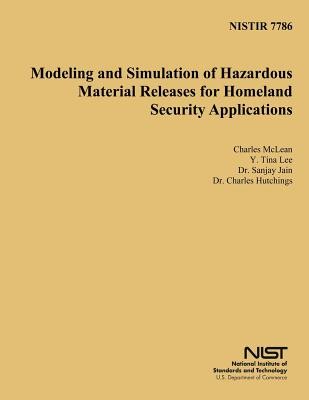
- We will send in 10–14 business days.
- Author: U S Department of Commerce
- Publisher: CreateSpace Independent Publishing Platform
- Year: 2014
- Pages: 68
- ISBN-10: 1496012739
- ISBN-13: 9781496012739
- Format: 21.6 x 28 x 0.4 cm, softcover
- Language: English
- SAVE -10% with code: EXTRA
Reviews
Description
Simulations of hazardous material releases attempt to model and evaluate the dispersion of various kinds of materials including chemical, biological, nuclear, and radiological agents into the atmosphere, HVAC systems within buildings and other enclosed spaces, watershed systems, and the soil. Releases may be accidental (e.g., a ruptured tank car from a train derailment), intentional (e.g., a terrorist attack), or natural (e.g., a wildfire or volcanic eruption). Examples of release sources include nuclear power plant accidents, leaks or spills from tanks or industrial plants, use of chemical and biological sprayers, fires, smokestack emissions, nuclear detonation clouds, and other explosive blasts.
EXTRA 10 % discount with code: EXTRA
The promotion ends in 19d.20:15:58
The discount code is valid when purchasing from 10 €. Discounts do not stack.
- Author: U S Department of Commerce
- Publisher: CreateSpace Independent Publishing Platform
- Year: 2014
- Pages: 68
- ISBN-10: 1496012739
- ISBN-13: 9781496012739
- Format: 21.6 x 28 x 0.4 cm, softcover
- Language: English English
Simulations of hazardous material releases attempt to model and evaluate the dispersion of various kinds of materials including chemical, biological, nuclear, and radiological agents into the atmosphere, HVAC systems within buildings and other enclosed spaces, watershed systems, and the soil. Releases may be accidental (e.g., a ruptured tank car from a train derailment), intentional (e.g., a terrorist attack), or natural (e.g., a wildfire or volcanic eruption). Examples of release sources include nuclear power plant accidents, leaks or spills from tanks or industrial plants, use of chemical and biological sprayers, fires, smokestack emissions, nuclear detonation clouds, and other explosive blasts.


Reviews